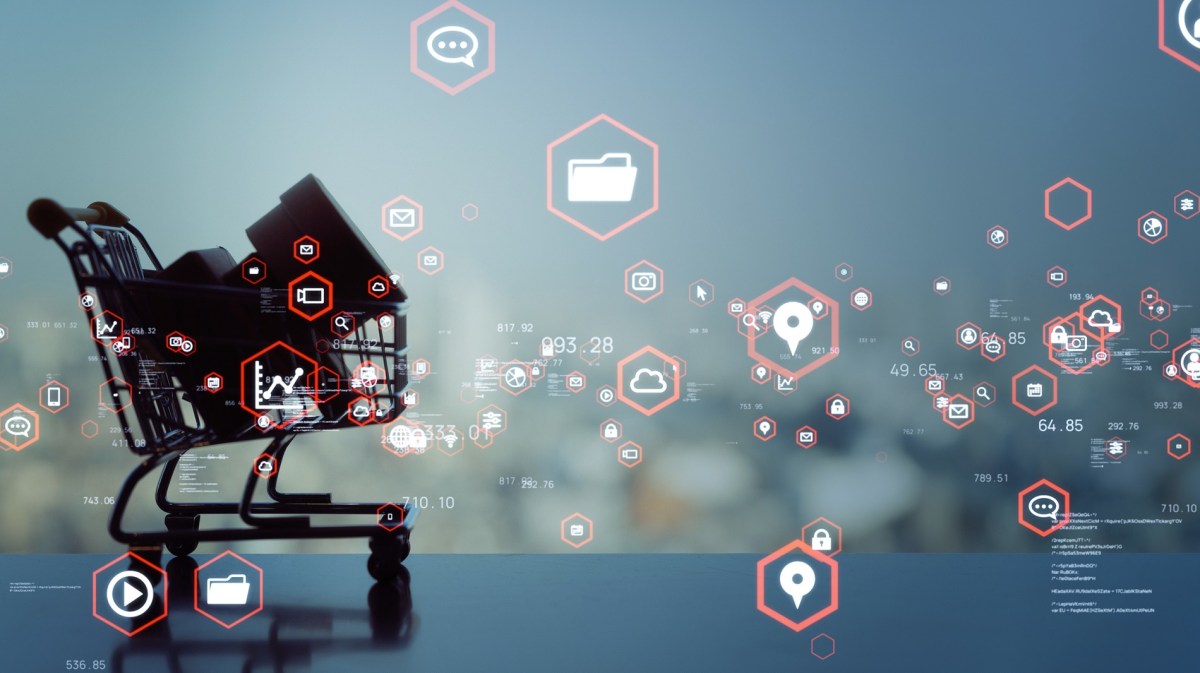With reduced foot traffic affecting many bricks and mortar retailers, stores have had to find innovative ways to differentiate from their online counterparts. With COVID-19 accelerating the pace of online retailing, stores have had to review their product offerings and consider new in-store technology. Introducing customers to interactive and intuitive technologies will help create smarter retail destinations by reimagining the physical store environment and create ‘smart shopping’ experiences.
While digital in-store shopping technology has a long way to go in Australia, retailers are slowly introducing smart technology in-store to help engage customers with simple value-add offerings that make shopping more efficient. Technology enhancements will bring significant change over the next few years with thoughtful experiences a key consideration.
Innovative in-store technology
Smart shelves: The age of white label ticketing with static pricing or incorrect labelling will eventually be phased out as new wireless technology slowly emerges on shelves. Otherwise known as Electronic Shelf Labels (ESL), the introduction of smart shelf labels will help retailers better manage out-of-stock situations by tracking inventory levels in real-time, which can result in zero pricing errors and enhance the shopping experience. According to Andy Kirk, CEO, CROSSMARK Australia, “Smart shelves are the way of the future and will eventually come equipped with digital-camera sensors and analytics to track shopper behaviours as well as assist with stock fulfilment. Electronic ticketing will also lead to greater operational efficiencies and new capabilities that may include notifying store personnel of misplaced items and changing the price point of an item at any time.”
Smart shopping carts: While some Woolworths stores are already deploying smart shopping carts or trolleys with attachments for smart devices to scan products as they go in the trolley, pay for via an app and exit via a special aisle, there is a lot more scope to expand the technology in the next few years.
Apart from saving time and making shopping easy, smart shopping carts can help make navigating the shop floor an efficient and intelligent experience. The carts will also allow customers to retrieve and store information about products, including their shelf location, in real-time, answer product queries, and enable instant check out without waiting in the queue.
The shopping cart of the future will also become a marketer’s dream as trolley capabilities leverage Internet of Things (IoT) technology to track consumer pathways through stores and even draw functional insights into a customer’s interaction with a specific display or promotion along their shopping journey. Researchers[1] have also analysed the impact of real-time feedback, how it can influence customer spending and lead to an increase in re-patronage intentions.
Self-service technology: Australian shoppers have been using self-checkout technology at supermarkets for their small grocery shops for some time but the emergence of rolling conveyer belts at Coles has taken self-service to the next level. The ease of self-checkouts has seen the technology-led retail initiative enhance customer experience and convenience. However as user-friendly as the self-checkouts may be, human engagement with attentive employees that greet customers and assist with technology hiccups is unlikely to disappear any time soon, as having staff readily available to reassure customers who may perceive new technology as a risk or have anxiety about using it, can be quickly addressed.
RFID scanners are also emerging as a self-service capability. While some retailers are beginning to label their products with RFID tags, the evolution of scanners will in the future allow a customer to place their shopping bag on the counter for the scanner to itemise products and calculate the total price. In just 30 seconds, a customer will, in the future, be able to simply purchase their products with ease, eliminating the need to scan each item and rely on staffing levels at checkouts.
Indoor location-based services (LBS)
The emergence of location-based services improves the customer’s journey in bricks-and-mortar stores by offering relevant information and personalised special offers.
For example, when clients walk by a product, they are prompted in-store with the product’s location details via an SMS message, providing a smoother and more efficient shopping experience.
Location-based technology supports the store’s constant need to recognise customers’ shopping behaviour and to date, solutions such as 3D laser scanning carts, geo-targeted mobile solutions and navigation toolkits for indoor 3D mapping are just some of the exciting retail experiences that consumers can look forward to in the not-too-distant future.
Despite today’s challenging economic circumstances, investing and rolling out customer-centric digital instore technology will become key to reviving the physical in-store retail experience and provide a compelling incentive for customers to return to stores.
Andy Kirk is CEO of Crossmark Australia.
[1] Raju, J. J., Zhang, Z., Sorensen, H., DeHerder, R., & Blatt, D. (2011). Strategies for Success in Retail (Collection). Pearson Education.

